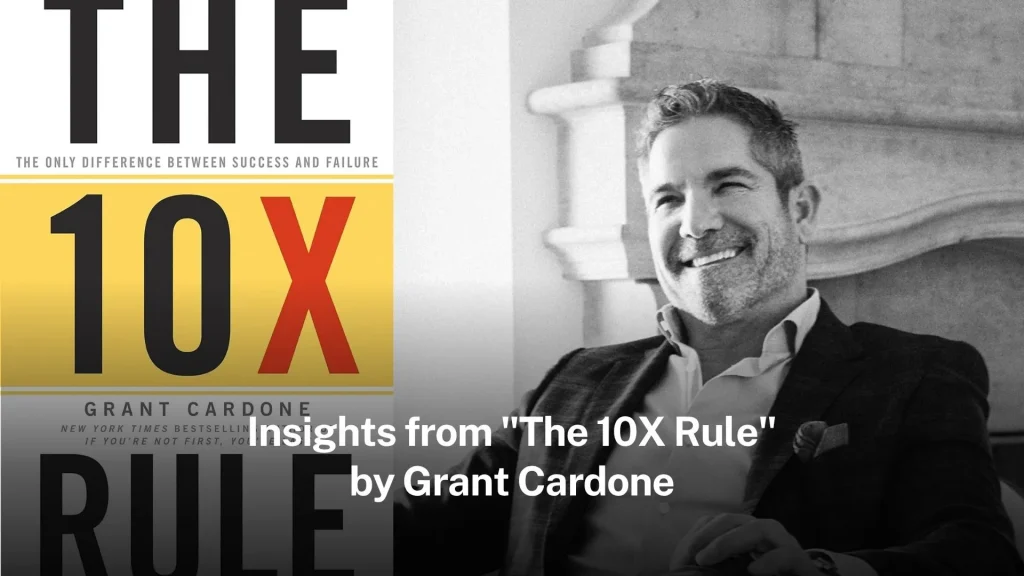James Clear’s “Atomic Habits” offers a powerful framework for understanding how small changes can lead to significant improvements in your life. The book provides actionable strategies for building good habits, breaking bad ones, and mastering the tiny behaviors that lead to remarkable results. Here, we explore the key insights from “Atomic Habits” that can help you harness the power of small habits to achieve your goals.
Key Insights from “Atomic Habits”
1. The Power of Tiny Changes
Clear emphasizes that tiny, incremental changes, or “atomic habits,” can have a profound impact over time. Rather than aiming for massive transformations, focusing on 1% improvements can lead to substantial progress. These small changes are easier to sustain and integrate into daily routines, leading to lasting change.
2. The Four Laws of Behavior Change
Clearly outlines the Four Laws of Behavior Change as a simple set of rules for creating good habits and breaking bad ones:
- Make it Obvious: Increase awareness of your habits by designing your environment to make the cues of good habits obvious and the cues of bad habits invisible.
- Make it Attractive: Pair positive emotions with good habits and use temptation bundling to make habits more appealing.
- Make it Easy: Simplify your habits by breaking them down into smaller, manageable steps and reducing friction.
- Make it Satisfying: Use immediate rewards to reinforce good habits and create a feedback loop that encourages repetition.
3. Identity-Based Habits
Clear introduces the concept of identity-based habits, which focuses on becoming the type of person you want to be. Rather than setting goals based on outcomes, he suggests shaping your identity and letting your habits align with that identity. For example, instead of aiming to run a marathon, adopt the identity of a runner, and let your daily actions reflect that identity.
4. The Habit Loop
Understanding the habit loop—cue, craving, response, and reward—is crucial for habit formation. Clear explains how each component works together and how you can manipulate these elements to build new habits or change existing ones.
5. The Role of Environment
The environment plays a significant role in shaping behavior. Clear advocates for designing your surroundings to support positive habits. This might involve organizing your workspace to reduce distractions, setting up reminders, or placing healthy foods in plain sight to encourage better eating habits.
Practical Applications
Building Good Habits
Clear provides practical techniques for establishing good habits, such as habit stacking, where you link a new habit to an existing one, and the two-minute rule, which encourages starting with a habit that takes just two minutes to complete.
Breaking Bad Habits
To break bad habits, Clear suggests identifying and eliminating cues, increasing the friction for engaging in the habit, and finding healthier alternatives to fulfill the same needs.
Sustaining Long-Term Change
For lasting change, Clear emphasizes the importance of tracking progress, reflecting on your habits, and making adjustments as needed. Regular reviews can help you stay on track and make continuous improvements.
Book Summary
“Atomic Habits” by James Clear offers a comprehensive guide to harnessing the power of small changes to achieve significant results. By understanding the principles of habit formation and implementing the strategies outlined in the book, you can build a system for continuous improvement and transform your life, one small habit at a time.









Leave a Reply